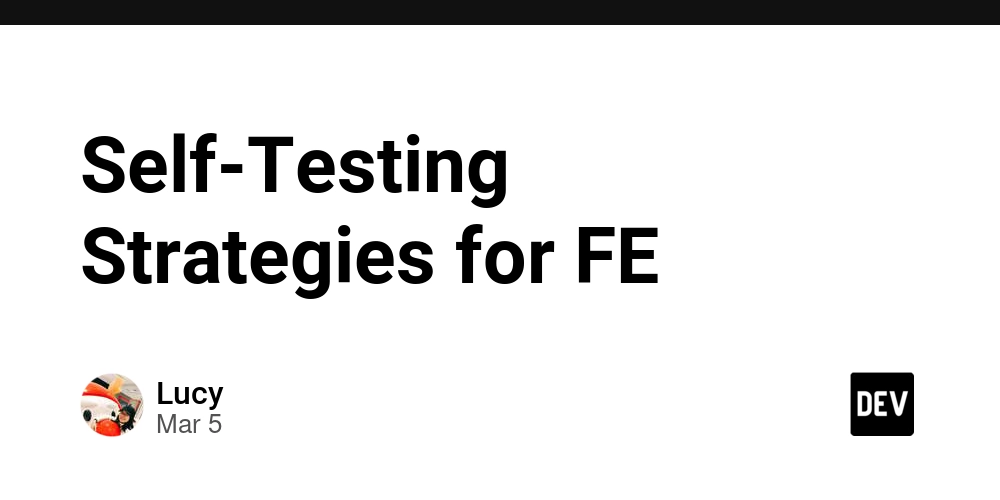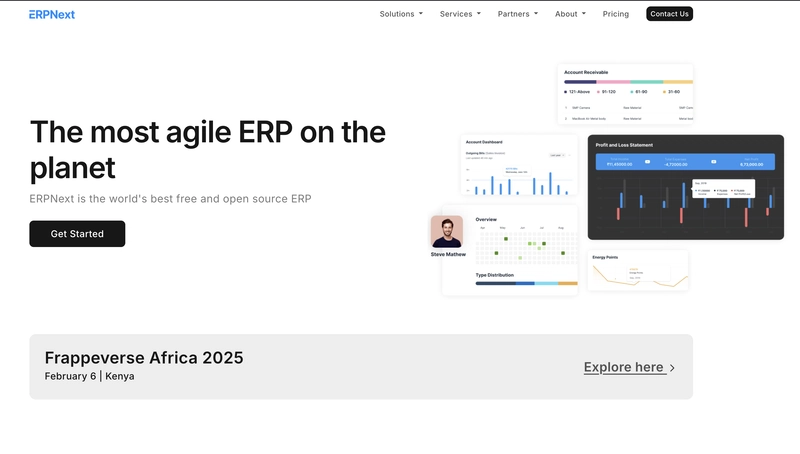Self-Testing Strategies for FE
Nowadays some modern projects lack dedicated QA engineers, so developers must invest more time and thoughtful strategies in self-testing to maintain code quality. This article shares practical self-testing approaches to reduce bugs and mental stress. 1. Local Environment Testing (1) Black-Box Testing Cover User Interaction Combinations • Test permutations of user workflows (especially in complex modules) • Time-constrained priority: Focus on critical paths first Edge Case Testing (Optional based on quality requirements) • Extreme data: Overlong text, huge numbers, special characters • Error scenarios: Network disruption, API timeouts, permission changes (2) White-Box Code Validation Impact Analysis • Global config changes: Trace affected areas • Component/method updates: Use Find References (VS Code) to audit call cases Mindset Warning ⚠️ • Treat code change cautiously even if you're the sole developer 2. Automated Mock Data Detection Problem: Local environments often lack realistic API responses, forcing developers to use mock data that might accidentally reach production. Solution: Mark mock data with mockXX prefix (e.g., mockUserData) Implement pre-commit hook validation(Stay tuned! Article coming soon.) 3. Post-Deployment Verification Critical Checks: • Re-test affected modules using real production data • Identify environment-specific differences in your system Frontend-Specific Tip: Real data often reveals issues invisible in local mocks - e.g., // Local mock { value: 100, label: 'Test' } // Production data { value: 24583, label: 'Ultra-long-category-name-needs-truncation' } Why This Matters Implementing these strategies helps: ✅ Reduce regression bugs ✅ Minimize "bug politics" (using defects as criticism leverage) ✅ Lower mental fatigue from deployment anxiety Remember: Your well-being matters as much as code quality. A systematic testing approach protects both! ❤️

Nowadays some modern projects lack dedicated QA engineers, so developers must invest more time and thoughtful strategies in self-testing to maintain code quality. This article shares practical self-testing approaches to reduce bugs and mental stress.
1. Local Environment Testing
(1) Black-Box Testing
Cover User Interaction Combinations
• Test permutations of user workflows (especially in complex modules)
• Time-constrained priority: Focus on critical paths firstEdge Case Testing (Optional based on quality requirements)
• Extreme data: Overlong text, huge numbers, special characters
• Error scenarios: Network disruption, API timeouts, permission changes
(2) White-Box Code Validation
Impact Analysis
• Global config changes: Trace affected areas
• Component/method updates: UseFind References(VS Code) to audit call casesMindset Warning ⚠️
• Treat code change cautiously even if you're the sole developer
2. Automated Mock Data Detection
Problem: Local environments often lack realistic API responses, forcing developers to use mock data that might accidentally reach production.
Solution:
- Mark mock data with
mockXXprefix (e.g.,mockUserData) - Implement pre-commit hook validation(Stay tuned! Article coming soon.)
3. Post-Deployment Verification
Critical Checks:
• Re-test affected modules using real production data
• Identify environment-specific differences in your system
Frontend-Specific Tip:
Real data often reveals issues invisible in local mocks - e.g.,
// Local mock
{ value: 100, label: 'Test' }
// Production data
{ value: 24583, label: 'Ultra-long-category-name-needs-truncation' }
Why This Matters
Implementing these strategies helps:
✅ Reduce regression bugs
✅ Minimize "bug politics" (using defects as criticism leverage)
✅ Lower mental fatigue from deployment anxiety
Remember: Your well-being matters as much as code quality. A systematic testing approach protects both! ❤️






















































.jpg)
%20Abstract%20Background%20112024%20SOURCE%20Amazon.jpg)





















































































































![[The AI Show Episode 142]: ChatGPT’s New Image Generator, Studio Ghibli Craze and Backlash, Gemini 2.5, OpenAI Academy, 4o Updates, Vibe Marketing & xAI Acquires X](https://www.marketingaiinstitute.com/hubfs/ep%20142%20cover.png)































































































































![From drop-out to software architect with Jason Lengstorf [Podcast #167]](https://cdn.hashnode.com/res/hashnode/image/upload/v1743796461357/f3d19cd7-e6f5-4d7c-8bfc-eb974bc8da68.png?#)




































































































.png?#)





.jpg?#)
































_Christophe_Coat_Alamy.jpg?#)










































































































![Rapidus in Talks With Apple as It Accelerates Toward 2nm Chip Production [Report]](https://www.iclarified.com/images/news/96937/96937/96937-640.jpg)









































































































































